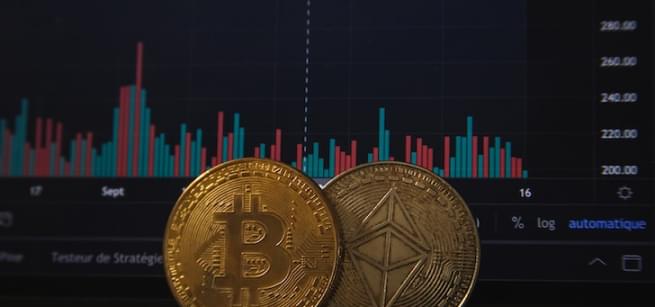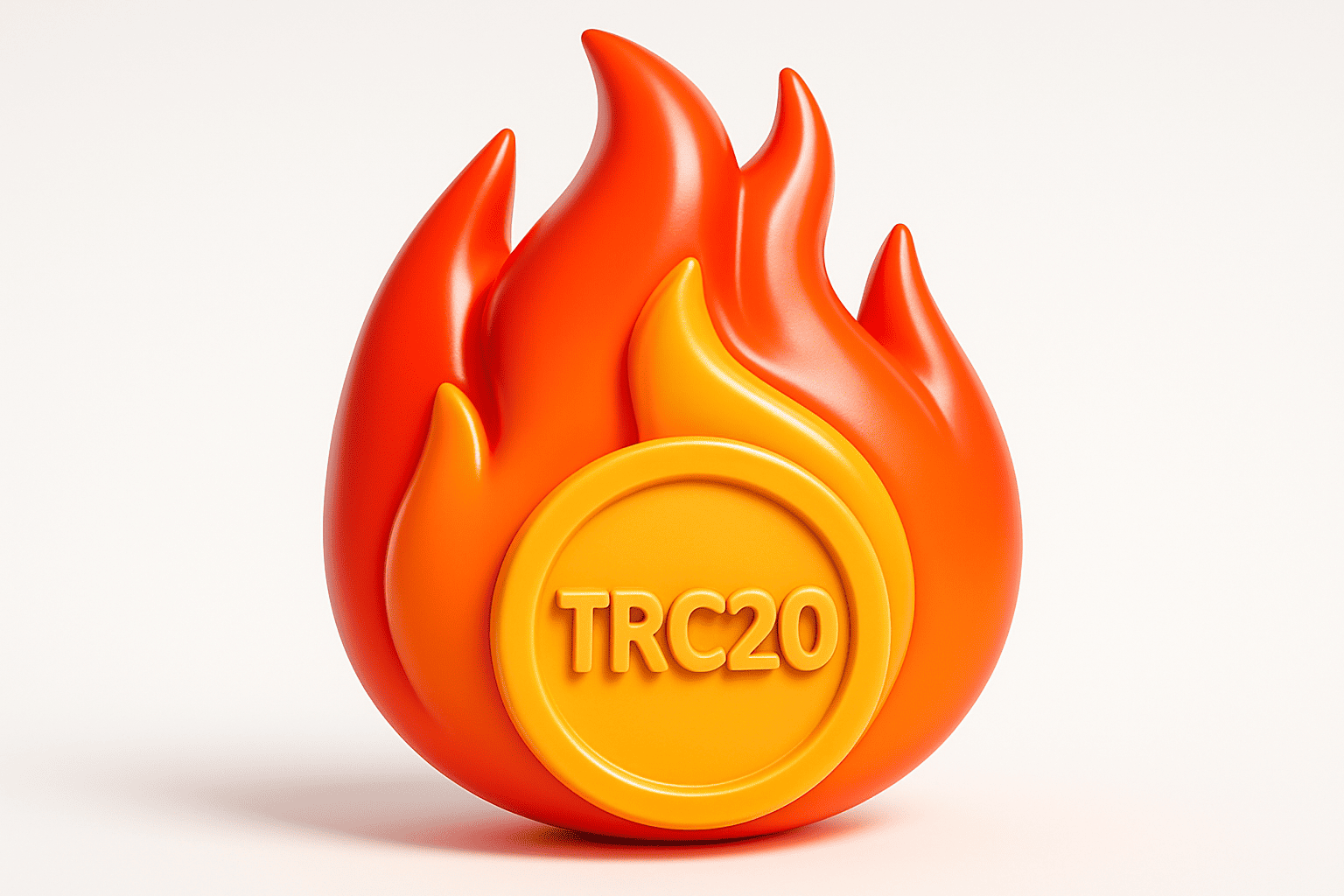OMG Network
Download app Ironwallet and get tool for making transaction without network fee
About OMG Network
OMG Network (OMG) is a layer-2 scaling solution designed for Ethereum transactions. It allows for faster and cheaper transactions on Ethereum by processing payments off-chain and batching them before settlement on the Ethereum blockchain. OMG aims to enable transparent, peer-to-peer transactions in real-time across Ethereum’s decentralized network.
History of OMG Network (OMG)
OMG Network was founded in 2017 by SYNQA, a Thai Fintech company. The OMG Foundation held an ICO in 2017, raising $25 million to fund the development of the OMG Network. Vansa Chatikavanij is the current managing director of the OMG Foundation.
In 2018, OMG Network released its testnet, Ari. By 2019, OMG Network had launched its mainnet for processing off-chain Ethereum transactions. Throughout 2020 and 2021, OMG Network focused on decentralization, transitioning oversight to a DAO structure governed by OMG token holders.
How OMG Network Works
The OMG Network utilizes layer-2 Plasma side chains that run parallel to Ethereum’s main chain. These side chains bundle transactions off-chain before submitting the settled transaction batch to Ethereum’s main chain.
Validators group transactions into blocks and confirm them via a Proof-of-Stake consensus mechanism on OMG’s network. The OMG Network periodically submits batches of settled transactions via Merkle roots to Ethereum’s main chain. This improves transaction throughput and reduces fees compared to transacting solely on Ethereum’s main chain.
Features and Benefits
Key features of OMG Network include:
- Increased transaction throughput – Up to 4,000 transactions per second.
- Lower transaction fees – Around $0.10 to $0.15 per transaction.
- Faster transaction confirmation – Transactions confirm in seconds rather than minutes on Ethereum.
- Interoperability – Works across wallets, exchanges, and protocols.
- Liquidity – OMG pools liquidity across multiple exchanges.
- Decentralization – Transitioned to a community-run DAO model.
These features make OMG Network highly appealing for asset transfers, trading, and payments requiring fast and inexpensive transactions.
Use Cases
OMG Network is well-suited for uses cases including:
- Decentralized Finance – Trading, lending, asset transfers across DeFi protocols.
- Gaming & NFTs – In-game purchases, NFT trading/transfers.
- Supply Chain – Tracking goods and inventory with low cost micro-transactions.
- Payments – Point of sale payments, online commerce, remittances.
- Tokenization – Launching fungible, non-fungible tokens efficiently.
Essentially any high volume application requiring fast and cheap Ethereum transactions can benefit from OMG Network.
Tokenomics
OMG Network has a native token, OMG, with a fixed total supply of 140,245,398 tokens. OMG is used to pay fees, secure the network via staking, and govern OMG’s DAO.
In 2022, OMG transitioned to a pure Proof-of-Stake model, with staking rewards distributed to validators who commit OMG as collateral to confirm blocks. Fees from transactions also get distributed to stakers.
Roadmap and Future Developments
OMG Network aims to become the preeminent scaling solution for Ethereum. Upcoming milestones on its roadmap include:
- Enhanced interoperability between chains.
- Cross-chain asset transfers.
- Transitioning to a fully permissionless network.
- Consolidating liquidity into a unified decentralized exchange.
- Integrating ZK rollups to further improve scalability.
The OMG roadmap is committed to expanding capacity, speed, and access to digital assets on Ethereum.
Partnerships and Integrations
OMG Network has partnered with prominent organizations including:
- Tether – For stablecoin transfers.
- Bitfinex – To power crypto exchange transactions.
- Genesis Block – OMG-powered NFT marketplace.
- CoinList – For token sales.
- Poly Network – To enable cross-chain interoperability.
These partnerships demonstrate the versatility and demand for OMG’s layer-2 scaling capabilities. OMG is also integrated into major Ethereum wallets like MetaMask and hardware wallets from Ledger and Trezor.
In summary, OMG Network is an ambitious layer-2 scaling project optimized for the Ethereum ecosystem. By processing transactions off-chain, OMG unlocks faster and cheaper transactions that expand the possibilities for Web3 applications. As Ethereum adoption grows, OMG Network aims to scale capacity to meet demand and provide an essential layer-2 infrastructure.





















